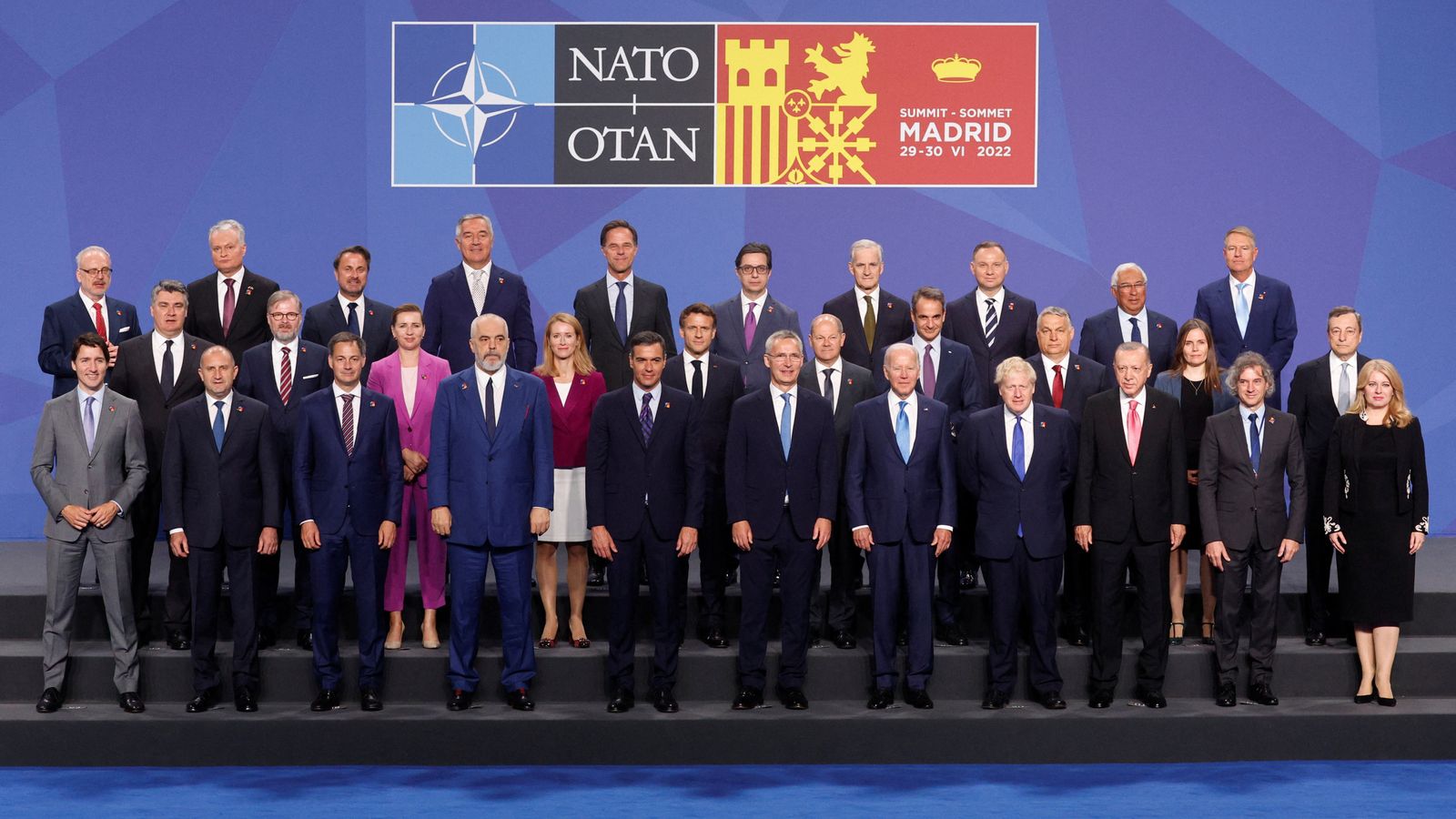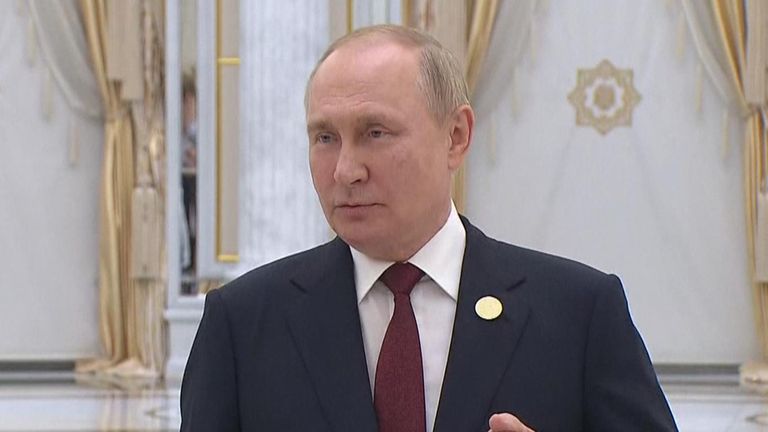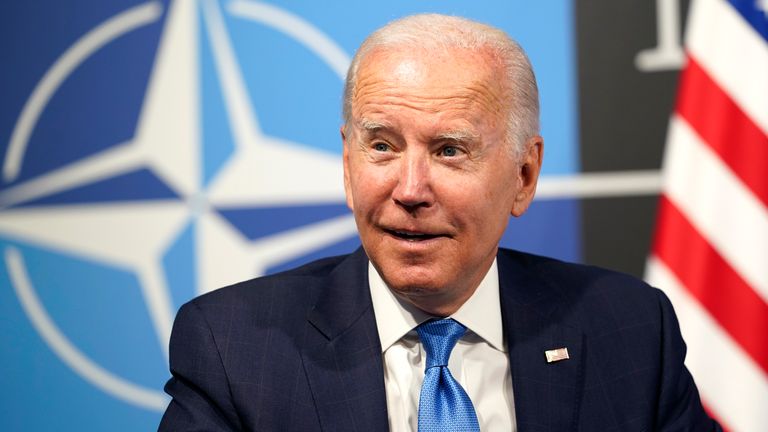It was billed as transformative and historic and did not fail to deliver. It took a war but NATO has been galvanised into the biggest changes in decades.
Jolted by the brazen, unprovoked attack on Ukraine, the alliance has upgraded itself in a meticulously stage-managed summit.
The spectre of a divided summit overshadowed by Turkish objections to Sweden and Finland joining was averted at the eleventh hour.
It is still not clear what price was paid to persuade the Turks, particularly by the west’s Kurdish allies who led the fight against Islamic State. But Turkish president Recep Tayyip Erdogan seems particularly pleased by the outcome.
NATO has updated its Strategic Concept, a 16-page mission statement last revised in 2010 when it did not mention China and referred to Russia as a strategic partner. How the world has changed in a decade.
Much vaunted plans to increase its Rapid Response Force from 40,000 to 300,000 seem to be aspirational for now, but will transform NATO’s ability to react quickly to emergencies.
And thousands of additional troops will be deployed in eastern Europe. Britain says 1,000 more troops will be committed to defending Estonia for instance, although confusingly they will still be based in the UK, ready to deploy if necessary.
Leaders have laboured the point that Vladimir Putin is getting exactly what he doesn’t want. The Russian president is fighting the war, say his diplomats, partly to stop NATO’s expansion. The opposite is happening.
His worst fears are being fulfilled. An expanded NATO, with new members and more troops and materiel on his borders.
The changes will only fuel Russia’s historic insecurity about an exposed western flank that has been repeatedly violated by invaders from Napoleon to Hitler.
Russia’s leader has only himself to blame. Two countries with longstanding proud traditions of neutrality are so alarmed by his aggression they have come running to join NATO. Baltic states have looked at Ukraine’s fate and demanded more robust NATO defences.
After years of giving Mr Putin the benefit of the doubt, NATO leaders believe strength and resolve are the best way of containing a newly belligerent Russia.
Read more: Europe will be ‘much less safe’ if NATO does not push Putin’s forces out, foreign secretary warns
NATO’s new stance may be necessary but it will not make the current situation any less dangerous. A new iron curtain is descending through Europe. The chasm between the democratic west and autocratic east is deepening.
Mr Putin’s advisers have long told him that NATO is an ever-growing threat to Russia and out to get him personally. None of this will ease his paranoia.
Britain says the next phase in the conflict is beginning. Ukraine will be helped to pivot from its defensive posture to a more offensive one. To drive Russia out, Ukraine’s military will need transforming and far more weapons. That will take enduring commitment on the part of the allies.
The more they succeed the more dangerous Mr Putin may become. Dictators cannot afford to lose.


